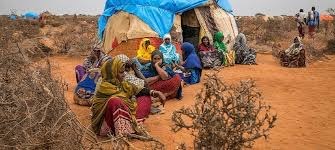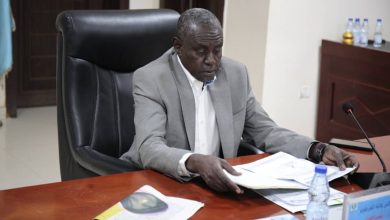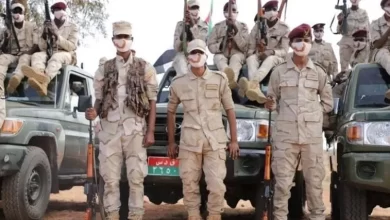UN: 4.5 M People Internally Displaced in Ethiopia as of June

OCHA
Ethiopia is grappling with a severe internal displacement crisis, with an estimated 4.5 million people forced from their homes primarily due to conflict as of June, a UN report has said.
The Somali, Oromia and Tigray regions are the most affected, according to the report by the UN Office for the Coordination of Humanitarian Affairs (OCHA) on Thursday, with many displaced for prolonged periods.
Over half of the internally displaced persons (IDPs) have been uprooted for more than a year, while an additional 23 percent have been displaced for two to four years and 11 percent for five years or more.
Efforts to mitigate the crisis have facilitated the return of 3.3 million IDPs to their areas of origin since January 2022. However, the total number of internally displaced persons remains high due to ongoing conflicts and climatic crises that have exacerbated the situation.
The report stressed the need for sustained support and durable solutions, including facilitating returns where security conditions permit, supporting local integration and maintaining robust monitoring systems.
Ethiopia’s displacement crisis remains a significant humanitarian concern, the report noted, with continued conflict driving instability and displacement across the country.
More than 50,000 people have been displaced by clashes in a disputed area in northern Ethiopia, the United Nations said.
“The number of people displaced by the armed clashes in Alamata Town, and Raya Alamata, Zata and Ofla since 13/14 April has reached more than 50,000,” the UN said late on Monday.
“The humanitarian situation is dire, with thousands of women and children in need of broad humanitarian support to survive,” it added.
The UN cited the figures from local authorities in the disputed area, which is claimed by Tigray and neighbouring Amhara.
Amhara forces occupied Raya Alamata in southern Tigray during a two-year war between Ethiopia’s government and regional Tigrayan authorities.
Under a peace deal between Prime Minister Abiy Ahmed’s government and Tigrayan authorities, Amhara forces which backed federal troops during the conflict were due to withdraw from Raya Alamata after the agreement was signed in Pretoria in November 2022.
Neither the federal government nor Tigrayan authorities responded to AFP news agency requests for information.
It is impossible to verify the situation on the ground independently as media access to northern Ethiopia is heavily restricted.
Reports of the fighting have sparked alarm among the international community, with the embassies of several nations including the United States, Japan, Britain and France last month calling for dialogue and urging the “de-escalation and protection of civilians”.
During the war, Amhara forces occupied and remained in control of western Tigray, a disputed region that is claimed by both regions.
Amhara, Ethiopia’s second most populous region, has been wracked by clashes since April 2023, when the federal government’s decision to dismantle regional forces across the country triggered clashes.
Amhara nationalists, who already felt betrayed by the Tigray peace deal, said the move would weaken their region.



